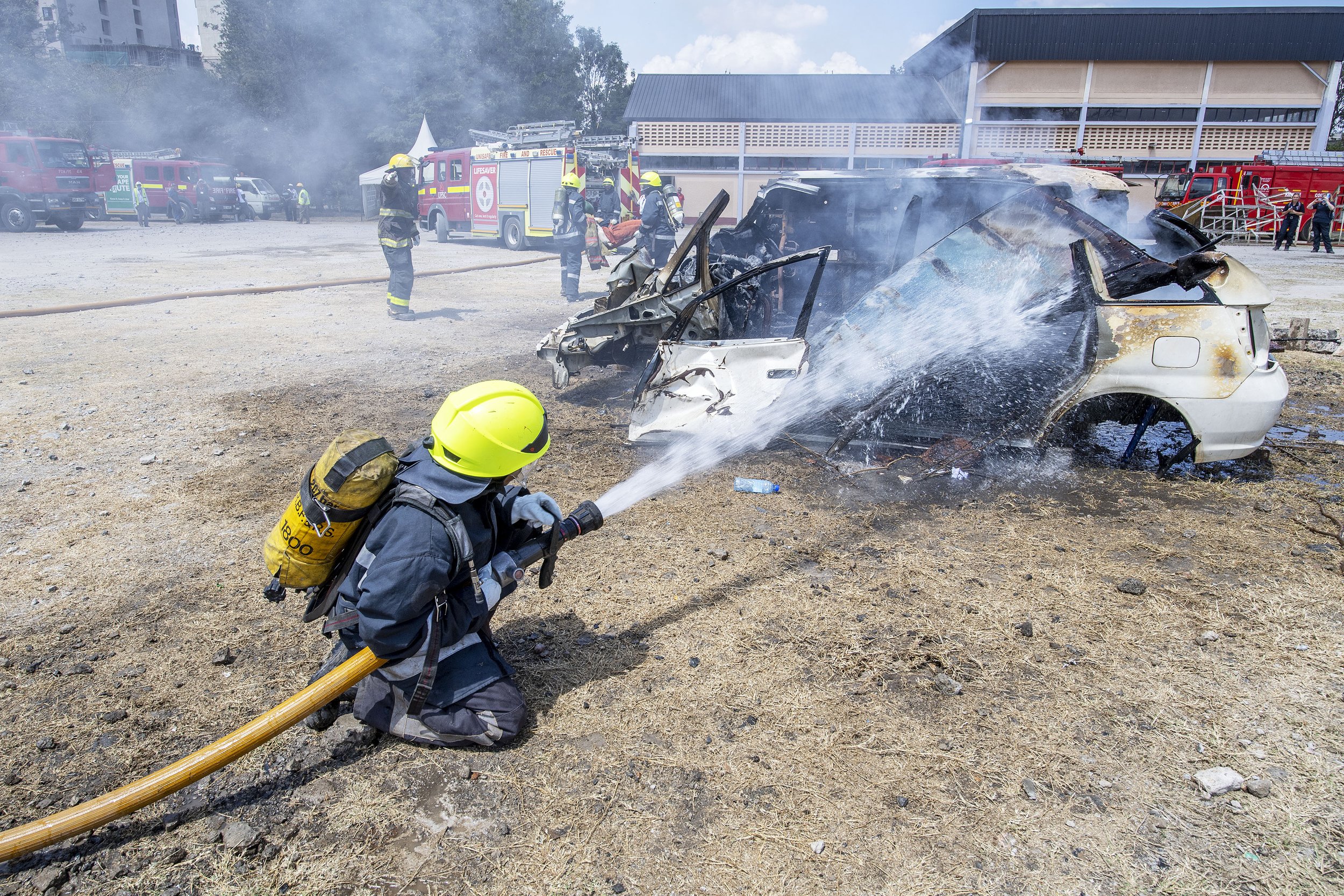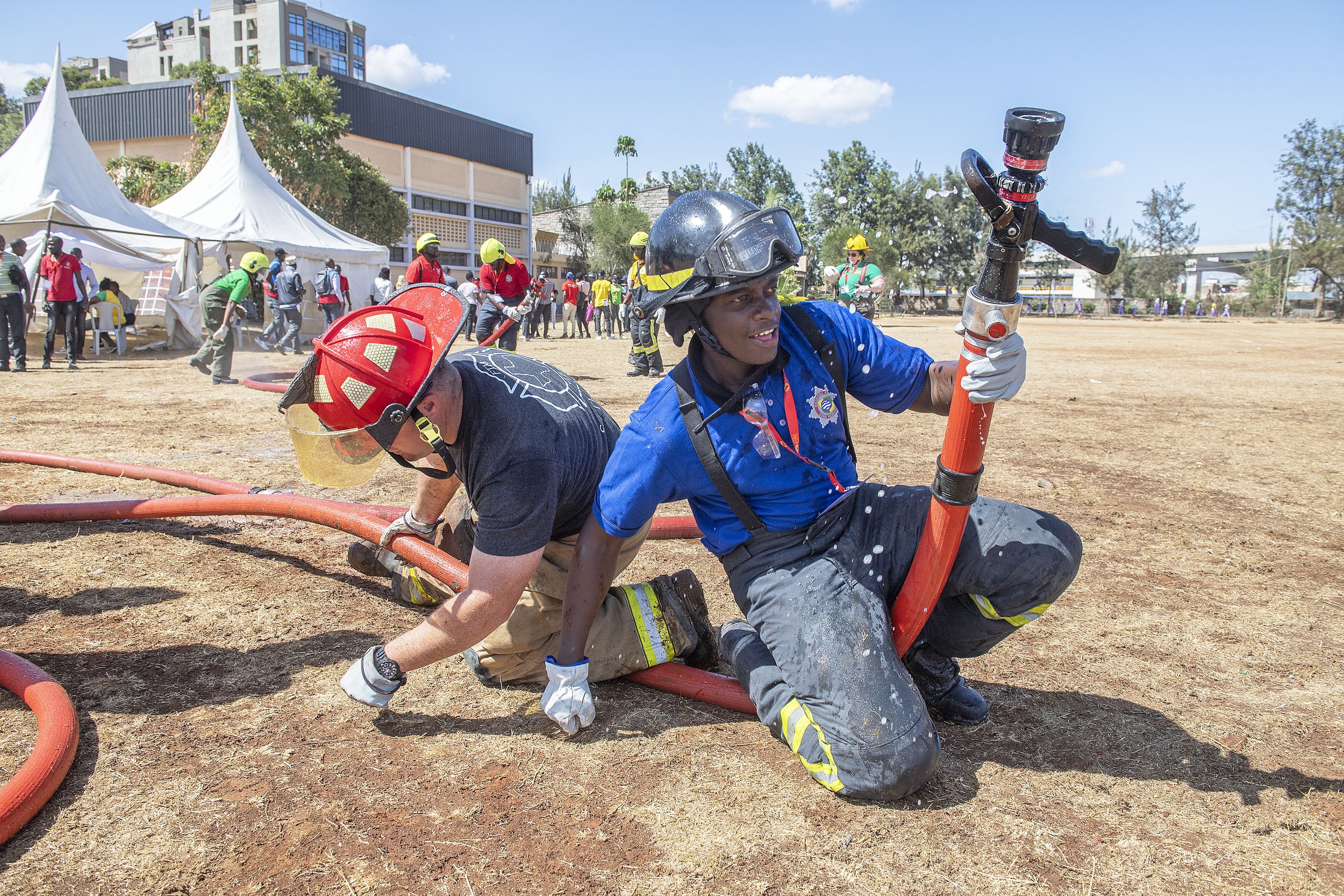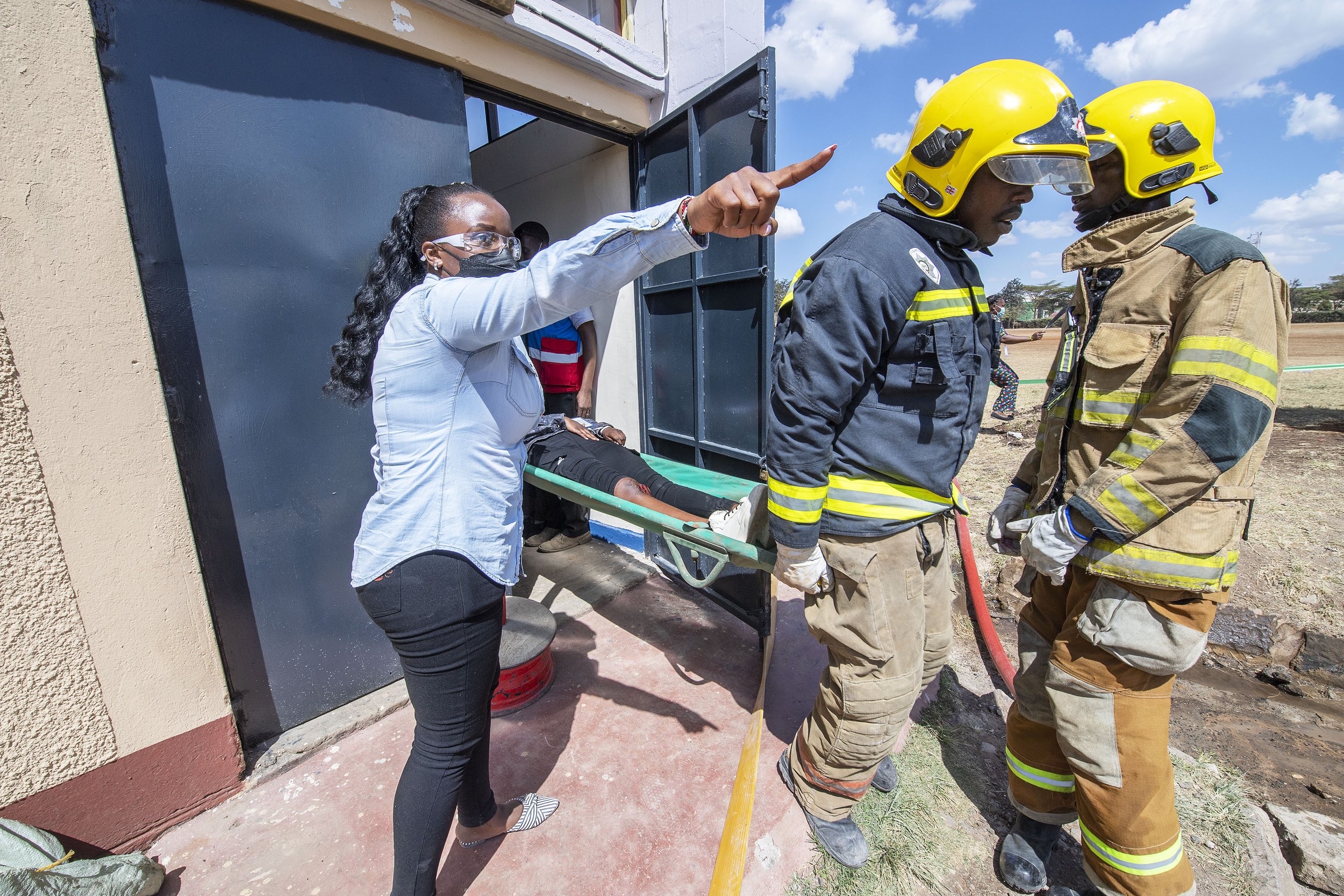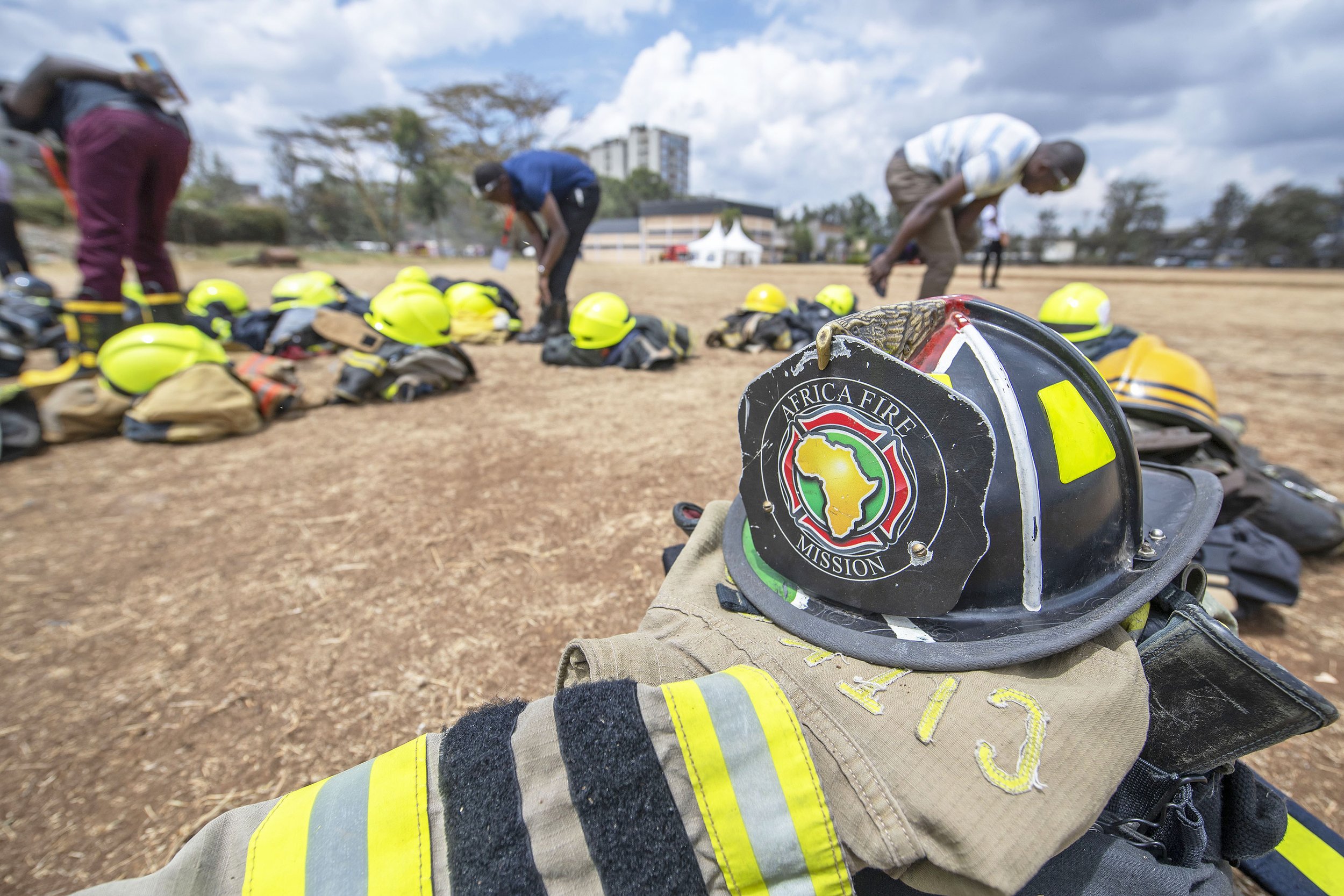By Brad Banz, Retired Chief, Colwich, Kansas Fire Dept. and Retired Captain, Wichita, Kansas Fire Dept.
Today’s firefighters are asked to do much more than just respond to fires. In the modern world, we respond to automobile accidents, dangerous goods (haz-mat) incidents, various types of rescue calls, utility emergencies, EMS calls, and now add in terrorism and pandemic to the list, not to mention anything else that may occur.
Firefighters are exposed to a spectrum of hazards as a result of the wide variety of incidents that we respond to. We are exposed to environmental heat from working around fire, as well as the excess heat our bodies produce from extreme exertion. The fires today we are responding to burn hotter than they did even 30 years ago. An example is burning a cotton mattress versus a modern sofa made of polyurethane foam and polyester fabric. The cotton mattress when burned will release heat at a rate of 140-350 kilojoules per second. The sofa will release heat at a rate of 3,210 kilojoules per second. Ten times the amount of heat. We are exposed to cold, falling objects and debris, blood and biohazards, suffocation hazards, and crushing hazards. We are also exposed to a toxic assortment of chemicals, not only from the dangerous goods incidents we respond to, but from each fire, no matter what the contents.
The reason I share this is not to scare anyone from the job, but to hopefully educate everyone on the hazards that are there so they can better equip themselves to more safely do the job. Because we respond to more incidents and are exposed to a wider variety of hazards, we must do a better job as firefighters of focusing on safety. One of the most fundamental things firefighters can do is to wear their PPE.
Let’s talk a little about how PPE makes us safer. Coats and pants are made of 3 layers of material. The outer shell provides a first layer against heat and cold, and some protection against moisture. The middle layer is the vapor barrier. As the name implies, it provides a barrier against steam and some chemical vapors. The inside layer is the thermal barrier. The layering of it, along with the outer layers, create a stronger barrier against heat. The level of heat protection is dependent upon the materials the coats and pants are constructed of. They will give limited protection against some dangerous goods, but are not meant to be the primary PPE for all responses. In any circumstance, to insure maximum protection, coats and pants should be fastened all the way. Boots can be constructed of leather or rubber and must have steel toe and foot protection to protect from crushing injuries as well as penetrations. Gloves are made of leather or other materials. They are lined to protect our hands from thermal injuries and have wristlets to protect our wrists as well. Hoods are made of Nomex or carbon fibers. An adequate hood offers protection to our necks and overlaps down on to the tops of our shoulders, and protects our necks and all exposed skin on our heads from heat. They should be pulled up whenever operating in a hazardous environment. A good helmet should have an adequate face shield, chin strap and neck protection. It should also be clean and not cracked. The face shield should be in a down position when working in an environment where tools or equipment are being used or blood, biohazards, or other chemicals may be present.
Any time we are entering an environment that is filled with products of combustion, heat, fire, or unknown atmosphere we should be wearing a breathing apparatus. This includes during the overhaul process after the fire is contained. If your department/brigade does not have BA then you need to structure your firefighting tactics accordingly.
As I addressed earlier, one of the biggest hazards we face is responding to medical and trauma related emergencies, and the risk of biohazards. We need to make sure to protect ourselves by wearing the proper gloves, protective glasses, masks, and if the situation calls for it, gowns and facial protection.
I have briefly covered the hazards and the PPE we can use to lessen the risks that we face. Firefighters need to consistently practice an attitude of safety every day, and watch out for each other. Thank you, and let’s all stay safe out there.







